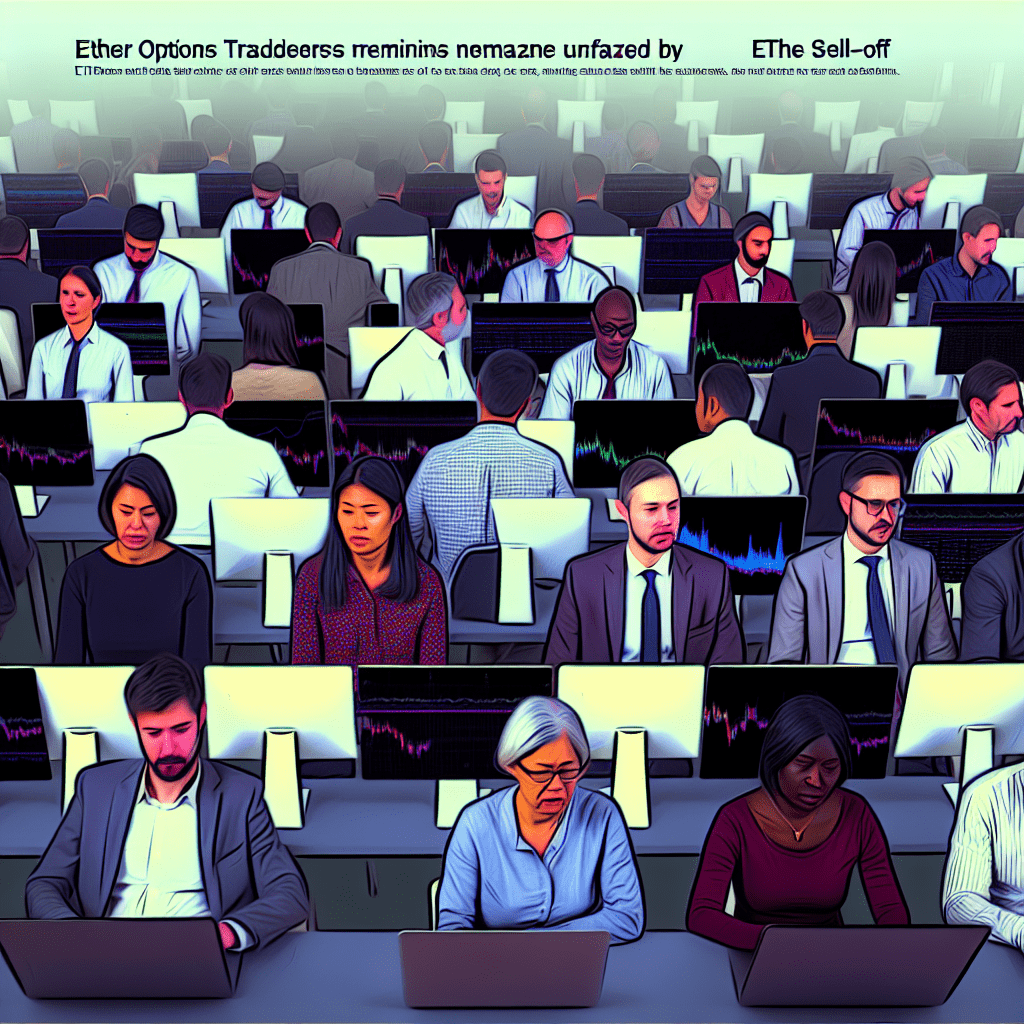Key insights:
ETH futures premium indicates that traders are remaining cautious and refraining from excessive leverage despite the recovery of banking stocks from recent credit issues.
Whale activity in Ether around $3,700 reflects limited bearish sentiment, although faith in a rapid bounce back to $4,500 is tepid.
Ether (ETH) experienced a 9.5% drop on Friday, revisiting the $3,700 mark and leading to $232 million in leveraged long liquidations over 48 hours. This unanticipated correction coincided with a broader risk-averse sentiment triggered by credit concerns following write-offs by two US regional banks on underperforming loans.
Data on Ether derivatives shows moderate anxiety among bullish traders, while whale positioning suggests most do not foresee a more significant downturn. The crucial question now is whether the $3,700 support will withstand increasing macroeconomic risks.
The 25-delta skew for Ether options soared to 14% on Thursday, a level seldom maintained and often associated with periods of heightened anxiety. Traders are paying a premium for put (sell) options, indicating that market makers remain wary of downside risks. In stable market conditions, the skew typically ranges between -6% and +6%.
The S&P Regional Banks Select Industry Index partially recovered, climbing 1.5% on Friday. However, credit issues have impacted larger financial institutions like JP Morgan (JPM) and Jefferies Financial Group (JEF), both reporting losses related to the automotive sector. According to Yahoo Finance, auto lending has seen the fastest growth among US banking sectors.
Joachim Nagel, president of Germany’s Bundesbank and a member of the ECB’s governing council, cautioned about potential “spillovers” from the private credit market, labeling it a “regulatory risk.” Nagel expressed these concerns to CNBC, noting that the global private credit market has exceeded $1 trillion and that regulators need to scrutinize it closely.
The monthly futures premium for ETH in comparison to spot markets dropped to 4%, falling below the 5% neutral threshold. Trader sentiment had already been rattled by the flash crash on Oct. 10, with the last significant bullish phase occurring in early February. Ether traders seem increasingly skeptical about any enduring bullish momentum.
US-China trade tensions escalate, yet ETH whales remain optimistic
Part of the traders’ unease stems from the deteriorating relations between the US and China, as the ongoing trade conflict shifts into a new phase involving export controls on rare earths and sanctions against a South Korean shipping firm. US President Donald Trump stated on Oct. 10 that the US could consider imposing an additional 100% tariff on Chinese products starting Nov. 1.
To assess whether Ether whales are genuinely anticipating further downside or merely hedging against worsening macroeconomic conditions, examining the positioning of top traders on derivatives exchanges becomes essential. This metric integrates data from futures, margin, and spot markets to provide a clearer picture of short-term sentiment.
Top traders on Binance decreased their bullish positions (longs) from Tuesday to Thursday but later reversed their strategy, boosting their exposure to ETH despite the ongoing price slump. In contrast, top traders at OKX attempted to time the market by increasing exposure near the $3,900 level but ultimately exited as prices fell to $3,700 on Friday.
Related: How to detect market manipulation in altcoins before they crash
ETH derivatives markets show no alarming indicators — quite the opposite. The reluctance of bulls to take on leveraged positions appears healthy, especially following the extreme volatility on Oct. 10. However, Ether’s journey toward $4,500 will likely hinge on clearer signals from credit conditions and US labor market data, suggesting that any recovery may take time.
This article is intended for informational purposes only and should not be construed as legal or investment advice. The views, thoughts, and opinions expressed here are solely those of the author and do not necessarily reflect the views or opinions of Cointelegraph.

